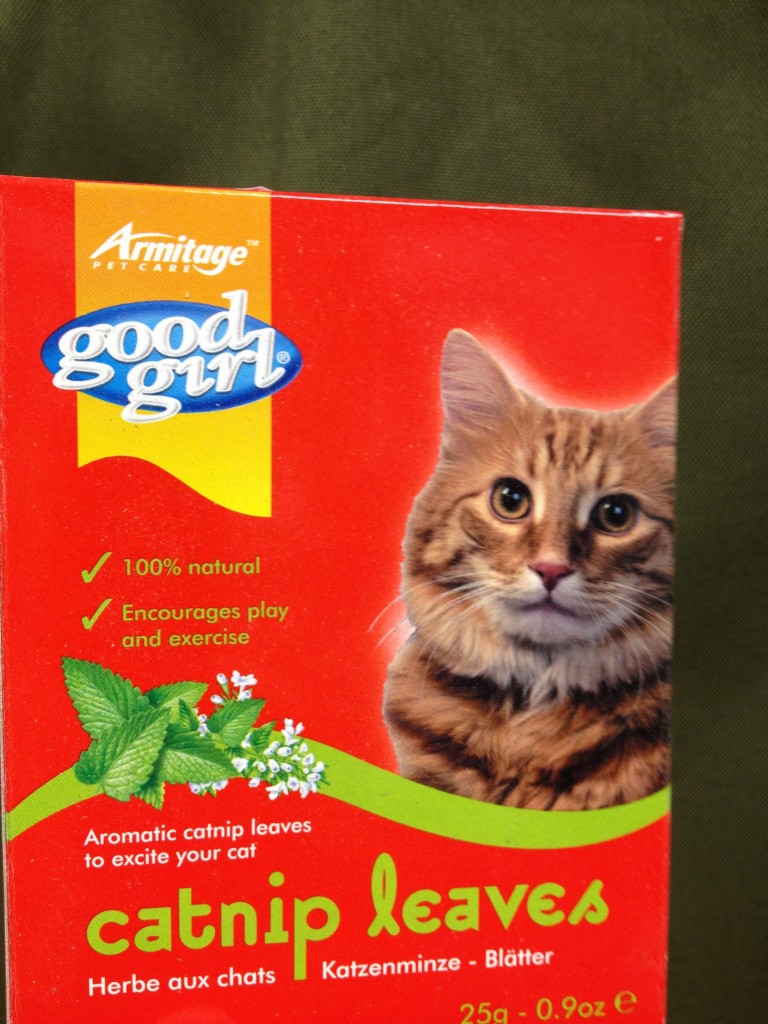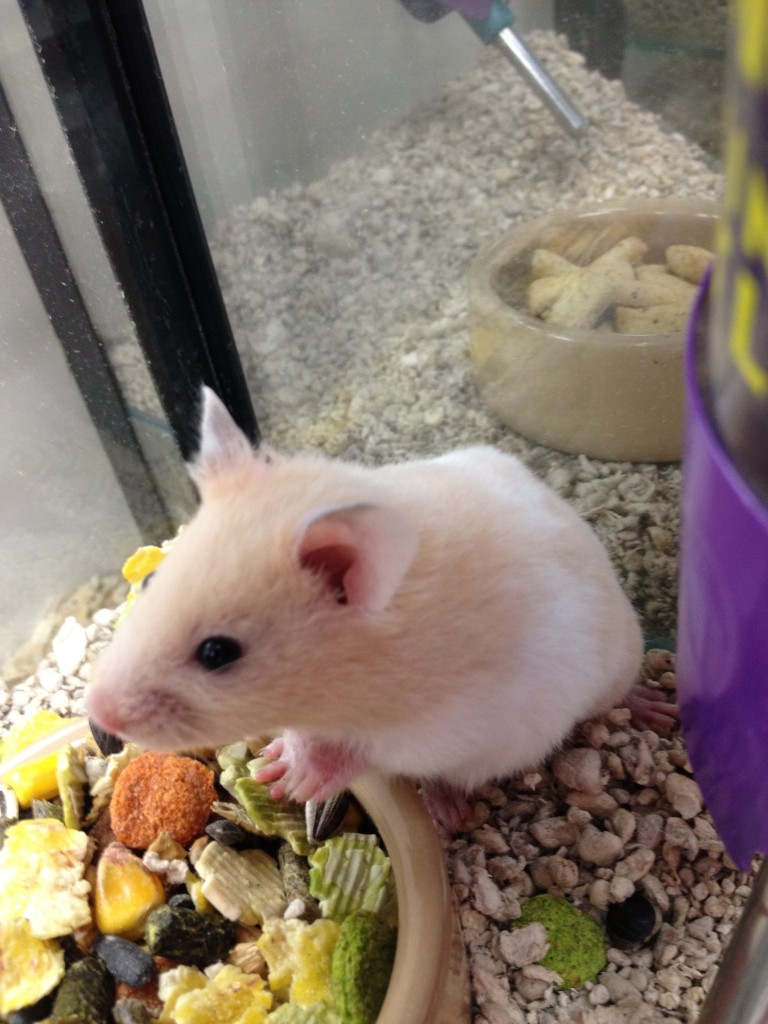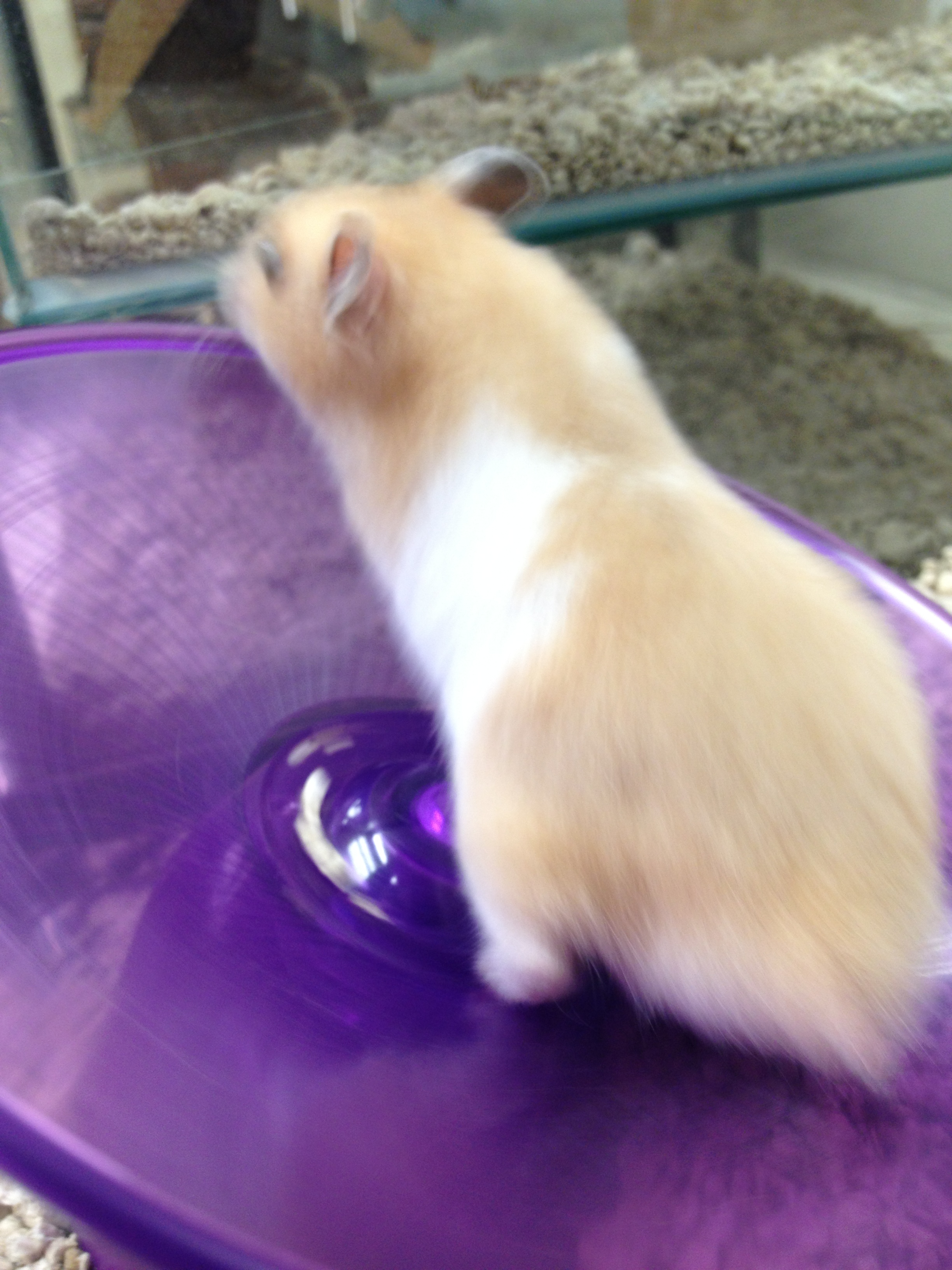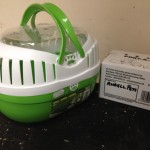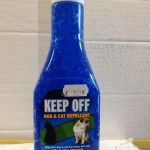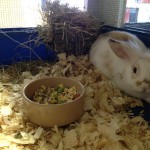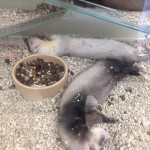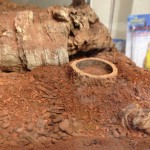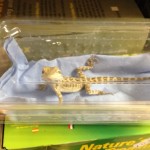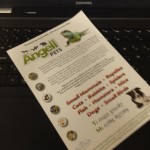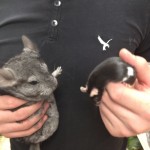Pet Shop Gloucester advice series – Leopard Gecko care sheet
The leopard gecko (Eublepharis macularius) is one of the most popular lizards around (along with the bearded dragon). There are reasons for this. Mainly it is because they are very easy to look after, are generally quite hardy, are easy to get hold of, don’t require too big of an enclosure or too much equipment (it was believed) and now come in a vast array of colour morphs. This basic care sheet will tell you all you need to know to keep a leopard gecko healthy and active for its entire life. It will cover breeding in general but not the genetics of the various morphs available. That subject is quite complex and unless you are really into the subject (i.e. a bit of a geek) it’s a little too boring for this type of publication.
It is important to know something of an animals natural environment if you are to know how to care for it properly. If you were to try caring for a chile rose tarantula in the same way that you care for a goliath birdeater it would not last very long as they come from very different habitats to which they are adapted.
Leopard geckos originally come from arid regions of Afganistan and Pakistan. Whilst all the specimens you are likely to come across in the UK are captive bred and so a bit more tolerant of varied conditions, you still want to mimic nature as much as possible. So a dry vivarium with a suitable, mainly dry substrate is obviously best. However there are times when this will need to be varied and we will cover this later.
They are nocturnal lizards, reaching a length of between 6.5cm (hatchling) to 27.5cm (large adult). Originally they were spotted lizards (hence the name) but now come in a range of colours and patterns. Unlike a lot of other geckos, leopard geckos do not have lamellae pads on their toes so cannot climb smooth, vertical surfaces but do have small claws that enable them to grip; so they can climb some not so steep rough surfaces (rocks, wood, polystyrene backgrounds). They have a thin, translucent but very tough skin covered in lots of small bumps. The tail of a healthy leopard gecko is very thick at the base tapering gradually to a point. This is where the gecko stores its fat reserves. The tail can be shed as a defence response (the tail stays wiggling on the floor, distracting the predator – or owner – whilst the gecko runs off) and will regrow but as the animal has just shed its reserves it’s only done as a last resort; so they are not so ready do do this as some other species of gecko (like the crested gecko for instance). Like other reptiles leopards geckos shed their outer layer of skin periodically (depending on how fast they are growing). They usually eat the skin. Two theories exist as to why and probably both are true. One is that they do it to hide their presence from predators (no scent or visual signs of their presence) and the other is to recycle precious minerals. As said, both have merit, all that is important is that it is normal for them to do it. Like nearly all modern reptiles, leopard geckos are ectothermic. They rely entirely on their environment to regulate their body temperature; they are essentially the same temperature as their surroundings, moving from one area to another to warm up or cool down. It is essential they are able to replicate this natural behaviour in captivity to remain healthy.
The Enclosure.
It is often recommended that young (hatchling) geckos should be housed in small enclosures so they don’t feel stressed, can easily find food and feel safe and secure. As far as I know no scientific work has ever been done to support this assertion. It is certainly true, as a breeder that young geckos CAN safely be housed in this way but I don’t think it is necessary. As long as the gecko has somewhere to hide, it will feel secure. I don’t know if you have ever been to the area of Afganistan that leopard geckos come from but it’s pretty big and it’s not divided up into small convenient boxes. It is perfectly acceptable to house your young gecko in the enclosure you intend for it as an adult, as long as you provide plenty of places for it to hide away in different areas of the vivarium. We have been keeping and breeding leopard geckos for years and we have never lost a single hatchling or noticed any abnormal behaviour from young lizards kept in larger enclosures (not that any of ours are that large). Also, in the wild, leopard geckos are relatively communal (communal, not social) and can be found together in small groups. In captivity this is also true. So in a larger enclosure you can house several young geckos together until sexual maturity is reached and then a small group of females with the possible addition of one male (only one, add two and you will have one dead gecko) will also be OK. An 18″ x 15″ enclosure is big enough for an adult leopard gecko or a pair. However a larger enclosure will allow for a more interesting habitat and allow the addition of further individuals. I like a 30″x18″ for a pair or small group. Too small an enclosure and it will be difficult to generate the temperature gradient necessary to ensure adequate temperature regulation.
Glass or wood? The choice really is yours. Both work well but both also have their advantages and disadvantages. Glass enables you to make a fantastic display tank that can be seen from multiple angles. However it also loses heat more easily so may require larger wattage heating equipment to maintain temperature and be more susceptible to external temperature change (drafts etc.). Wood is a good insulator so will require relatively smaller wattage equipment. However you will want a thermostat to prevent overheating and they tend to be less well ventilated than mesh topped glass vivs. We have used both with equal success and actually don’t have a preference. If your house is cold I would go for wood though. There are plastic vivs available as well, I just don’t think they are very attractive myself.
Heating
You need to heat the viv. By far the easiest way is to install a heat mat. Some of the ones we sell conveniently come with double sided adhesive sheet already fitted so are easy to stick to the side or bottom of the viv. Either is OK but if you do stick it to the floor be careful not to put anything heavy or sharp on top, you may damage the heat mat and cause a hot spot that could burn the viv. or anything else in there. You don’t actually need a basking spot lamp but you may wish to put something in to light up the interior. If you do put one in make sure it is at the same end as the heat mat. You are trying to produce a hot end and a cold end to allow the gecko to thermoregulate by moving from one end to the other. The temperature you are trying to achieve is 29 to 31 C during the day (light on) to 22 to 25 C at night (light off) at the hot end with a decent drop across to the cold end. You should really have a thermostat to ensure the viv. does not overheat. I would use a mat stat and only have a small power basking lamp to achieve this. You could have a lower wattage mat and a stronger bulb and use a dimming thermostat on the bulb. it would give a finer level of control but dimming stats are twice the price of mat stats (on/off stats), so you pays your money and you takes your choice. I use a mat stat but then I’m notoriously tight and don’t have a basking spot anyway. Do use a thermometer at either end of the enclosure to check you are maintaining the correct temperature gradient (31C at the hot end 22C at the cold end during the day). Thermostat settings are a guide. The thermometers will tell you what the temperature actually is. Adjust the thermostat accordingly. If you can stretch to it, invest in a surface reading infra red thermometer. Just point at a surface in the enclosure and it will tell you what the temperature is right there. Much more accurate and removes the need to have intrusive dials or probes in your naturalistic viv. I think they are great but then I have a lot of vivs (and fish tanks) to check the temperature of.
Lighting
It has long been thought that leopard geckos, being nocturnal, do not need UV light. Diurnal lizards need UV to produce vitamin D3 in their skin. Vitamin D3 is involved with calcium assimilation and without it the lizard cannot get enough calcium from its diet (most insects are low in calcium) and get bone disease. Actually leopard geckos do need UV as well but it has been discovered that they have evolved into very efficient UV gathering devices. In the wild when they are laid up during the day in a burrow, or under a rock they actually lay in an area that is exposed to very low levels of UV or sometimes come out for just a few minutes. Their skin however is exceptionally good at absorbing this UV (11 times more efficient than a bearded dragon). They only have to come out for a few brief minutes to get enough to survive. In captivity it is best to use a low level UV source (2%) or ensure your gecko is exposed to some UV daily. That said many breeders have never used UV lighting. It may be that the animals are getting enough exposure from extraneous sources. I wouldn’t take a chance, especially if breeding. We use an 8W 2% tube. Do be careful of over exposure, especially with albinos. DO NOT use high intensity UV lighting.
Substrate
This is the “stuff” that goes on the floor of your vivarium. I have heard every horror story there is to hear about this subject. Most of what is talked about is actually just peoples’ opinions, not necessarily fact. “You should never use that” normally means “I don’t use that and I must be right because I am god’s gift, so you shouldn’t either”. We have used a variety of different substrates and have our favourites and others we wouldn’t use again (and some we have never used, either because we have had no need or personally didn’t want to take a chance). I’ll list some here, you can make your own informed decision.
Nothing at all. Who said you had to put anything down? Advantages – cheap, easy to clean (just wipe daily with viv. cleaner). Disadvantages – not natural, gecko can’t dig around, won’t be able to grip if in a glass viv. (could lead to lax muscles), not particularly attractive, nothing to soak up fluids. I’ve never tried as I like natural looking vivs.
Newspaper or paper towel. Same advantages as above except probably easier to keep clean (no need to wipe daily) but most of the disadvantages as well (except I think it’s even uglier). When I started keeping reptiles everyone used this and I can still remember the distinctive smell of the local reptile shop. Not my favourite but nothing to stop you.
Play sand. Advantages – cheap, easy to get hold of, can look attractive when new. Disadvantages – very fine so easy for the gecko to accidentally ingest. Sand is made of silica which is indigestible. Impaction (caused by eating indigestible material that then “impacts” in the lower gut) can occur and this is fatal. It can also get rather smelly if not changed regularly. I have never used it as I didn’t want to take a risk and do not recommend anyone else does either.
Calci sand. This is made from calcium not silica. Calcium does dissolve in the gut in small quantities. Advantages – comes in a range of colours, can be a calcium source. Disadvantages – leopard geckos will deliberately ingest calcium if they are not getting enough from their diet (your fault if they’re not, more on that later). If they ingest too much, it won’t all dissolve leading to impaction.
Beech chips. Advantages – cheapish, attractive in a utilitarian sort of way, well suited to an arid environment. Disadvantages – can be ingested and cause impaction (avoid this by using the largest grade), smaller crickets can hide among the pieces (they will eventually get the little monsters though), not natural (important to me but does not have to be important to you).
Orchid bark. Advantages – cheapish, attractive. Disadvantages – better suited to a more humid environment, would look natural for a crested gecko but not a leopard gecko, crickets can hide in the coarser grades.
Naturalistic substrates (normally clay based gritty, sterile dirt such as Lucky Reptile desert bedding). My favourite so I openly admit I am biased. Advantages – as natural looking as you can get, gecko can burrow if it is deep enough, can be used to construct hides (by adding water and moulding and allowing to dry into shape), I have never had a problem with impaction. Disadvantages – not as cheap as alternatives although it is not that expensive, can insulate the heat mat if too deep so you may want to mount this on the side of the viv. and like other “sand” it gets in the runners of the viv. doors and makes a nasty scratching sound, so keep the runners clear. Our geckos seem to like this the best. By that I mean they display more natural behaviour, especially during breeding. When on other substrates the female just laid her eggs in her hide or in a corner. On desert bedding she piled some into her water bowl to make is damp, dug into the pile, laid the eggs and covered them up. It makes no difference in the end, all eggs are removed and incubated but it was nice to see the behaviour. Our bearded dragons did the same. You can now also get bio active varieties of natural substrate that enable the growing of desert plants for the full “arid experience”. Create you own bit of the middle east in your living room!
Feeding
Leopard geckos are insectivores (although they will eat baby mice as well). In the wild leopard geckos get most of their minerals (for example calcium) from their food and/or particles of soil that stick to their food. However the insects themselves are generally low in calcium and high in phosphorus (it is the ratio of the difference that is important). Obviously when the gecko eats the insect it is also eating its contents (i.e. whatever is in its guts) and it is this that gives most of the minerals and vitamins. It is essential you replicate this. Fortunately it is easy to do. Just feed your live food (crickets, meal or morio worms, locusts, waxworms etc.) on a good proprietary bug grub and some fresh veg (carrot etc.) prior to feeding to your gecko. This “gut loads” the insect and significantly increases the calcium content (by up to 20 times) and the vitamins too. When young you should also “dust” the crickets with calcium dust at every feed, although you can reduce this when older (unless producing eggs). You should also dust once or twice a week with a vitamin powder. Don’t over do this, as too much of some vitamins has been shown to cause problems. Once a week is fine. Basically all you have to do is put the insects in a container with some powder and give them a shake up. This will coat them in the powder and then you can feed them to you gecko. DON’T over feed. Putting too many crickets (especially the quite carnivorous black crickets) into the viv. means that the excess that do not get eaten will run off and hide and come out when the gecko is asleep and have a little nibble. Also if the crickets are adults they will “sing” all night and you will get it in the neck from your partner – trust me.
Feed young geckos every day, adults will be fine every other day. The tail is the give away. If the tail is too thin you are under feeding. Also the gecko will constantly be on the prowl. If you have a gecko with a very fat tail that is really lazy and doesn’t seem to do much and doesn’t seem to show any interest in food then you’ve probably stuffed it to the gunnels.
Breeding.
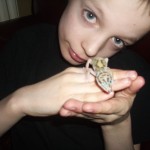
Albert’s baby
To breed leopard geckos (assuming you have the correct set up) you will obviously need a male and at least one female. You can only really tell what sex they are when they are over about 8 months old. It is possible to tell as hatchlings but it is very difficult and requires some extra equipment and a lot of patience and experience. I won’t sex them until sexual dimorphism becomes apparent to the naked eye, it is too easy to make a mistake. Male, adult leopard geckos tend to be bigger with a broader head but the tell tale sign is the pre anal pores near the vent. Both males and females have them but in the males they are much more apparent, appearing as a dark v shape just above the vent (sexually mature males excrete a waxy substance from here). You will also be able to see hemipenal bulges under the vent at the base of the tail in the male. Basically if it has the right appendages (hidden in a sheath) then its a boy! If you don’t know what appendage I am talking about, you should not be breeding geckos. Leopard geckos reach sexual maturity at 8 months but shouldn’t be bred until at least 12 months old due to increased risk of problems with egg production and laying.
If you introduce a male and female sexually mature pair of geckos for the first time they will most likely breed regardless of the time of year but not necessarily. When we first introduced our male to our female he certainly tried it on but she just picked him up by the scruff of the neck (if leopard geckos can be said to have a scruff) and threw him across the viv. They didn’t breed for 6 months. Most geckos will normally breed from January to September, you may need to lower the temperature for about 8 weeks prior to the season to start the process but we never have. You will be able to see when she is gravid. She will look fat and you will be able to see the eggs developing at the base of her abdomen. If using desert bedding as a substrate you will probably just have to look out for a mound of substrate, the eggs (usually two) will be in there. If not, you will need a hide or tub with some egg laying substrate in and a restricted entrance for her to crawl through to lay. A lot of people use vermiculite as an incubating medium. I don’t like it, I prefer moss. I have used both and have lost far fewer eggs with moss. If you have to move the eggs from one container to another (I use cricket tubs) for incubation make sure you do not turn them. Place them in the same orientation as you found them.
You may want to remove the male after you find the female is gravid to give her a break after she lays, otherwise he will just mate again and she may not have recovered enough to produce viable eggs.
Place the incubation tub in your incubator. I am not going to discuss incubators here, there are too many methods. Most I have seen work well. We have gone all up market with a digitally controlled expensive incubator. It does not produce better results, our old homemade “on bricks above a water bath” version worked just as well. It is however a damn site easier! If you are using moss in cricket tubs with the lid on you have very little to do other than check the temperature and make sure the moss isn’t drying out (ours didn’t at all this time round).
Leopard geckos do display temperature dependent sexual determination. Basically the incubation range is 24.5 C to 32.5 C. the lower end of the range produces more females the higher end more males. This temperature variation will also produce a variation in incubation period. The lower end may take up to 70 days to hatch and the upper end only 45. This is not a hard and fast rule though. Out last two batches were incubated in the same incubator at the same time and the ones that were laid first hatched second; go figure. Make sure the temperature never goes above 34 C or the eggs will die.
Depending on what temperature you are incubating at, start checking the eggs a couple of times a day about a week before you expect them to hatch. Just before hatching the egg will collapse and you will see slits along the egg caused by the egg tooth of the hatchling gecko. It will probably take a few hours to emerge and will do so in stages. Most hatch fine but some still have the egg yolk attached. These need to be left to absorb the yolk sack in peace. When hatched, remove the gecko to their hatchling home.
They will shed, eat the skin and then not actually eat small crickets for about 4 or five days. Then they get more and more voracious. Start dusting the crickets straight away. They grow rapidly and like kids, need the calcium.
Phantom pregnancy
For a start, I know it’s not pregnant, it’s gravid but it doesn’t scan as well. Reptiles can spontaneously lay infertile eggs. Our corn snake started doing this after 9 years. Leopard geckos are no exception. If you are absolutely sure she hasn’t been mated and can see eggs developing then they will not be fertile. Give her what she needs to lay the eggs and then remove them for disposal. Make sure you give her extra food and calcium whilst she is gravid as the yolk, white and shell will still all develop and take it out of her. Once she has laid she should settle back down. Make sure she does lay as geckos can become egg bound.
For further advice on leopard gecko care call us, contact us on Facebook or drop by the shop.
Richard Angell

